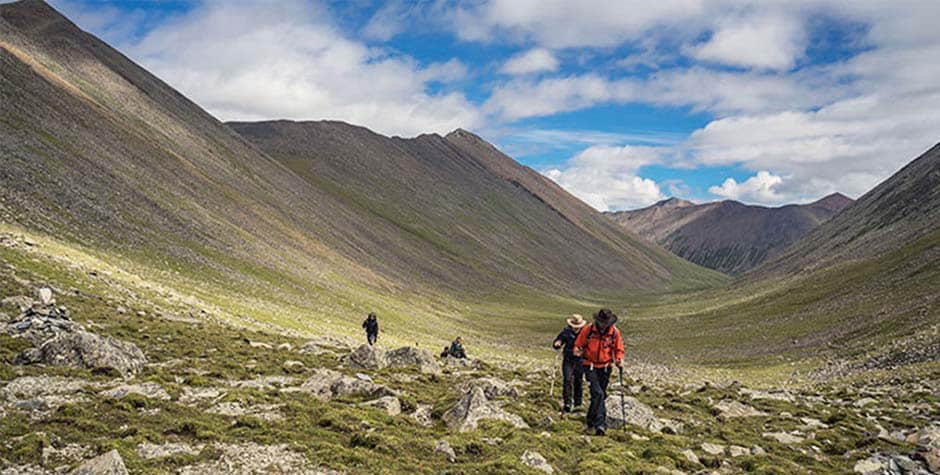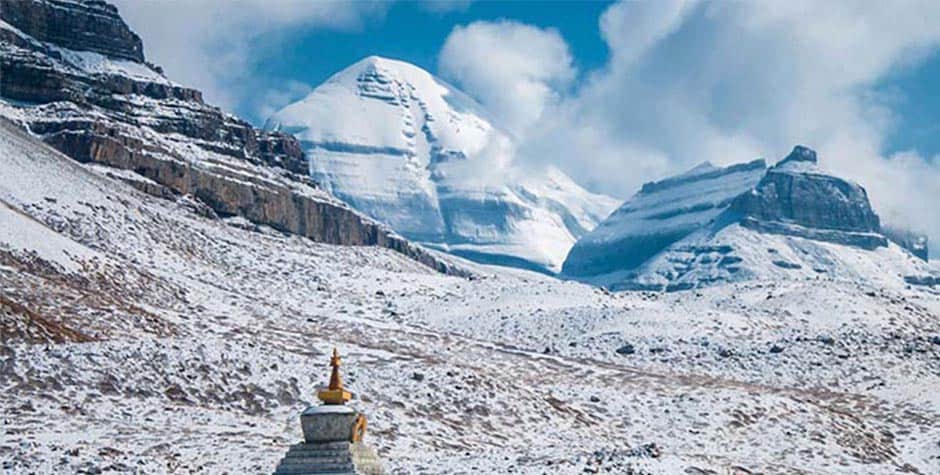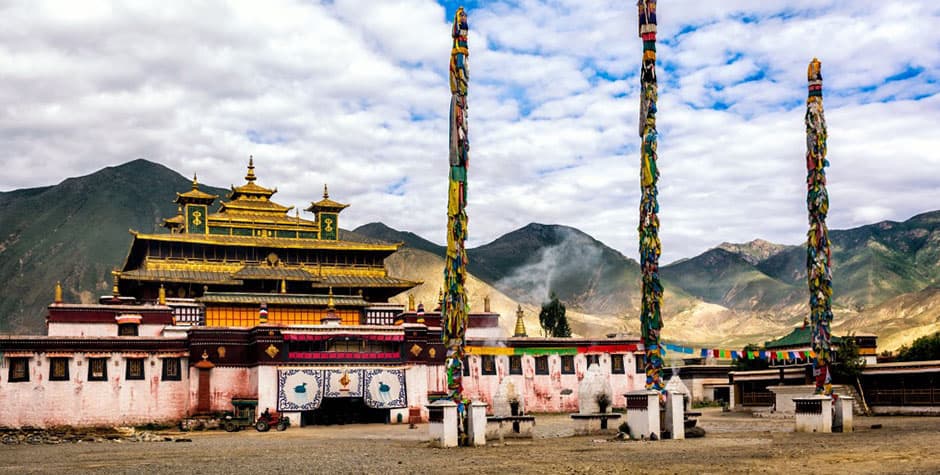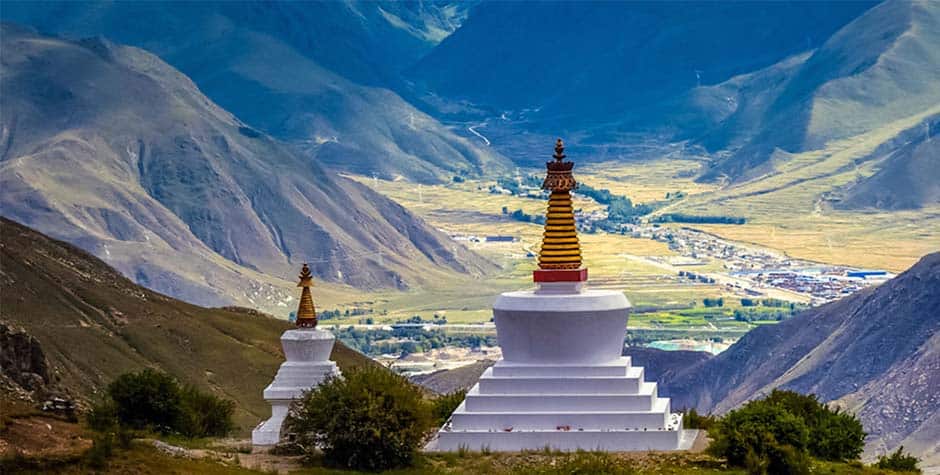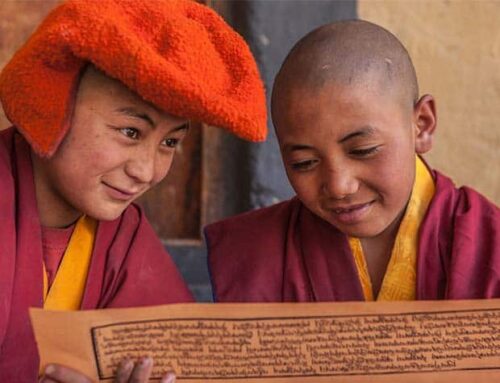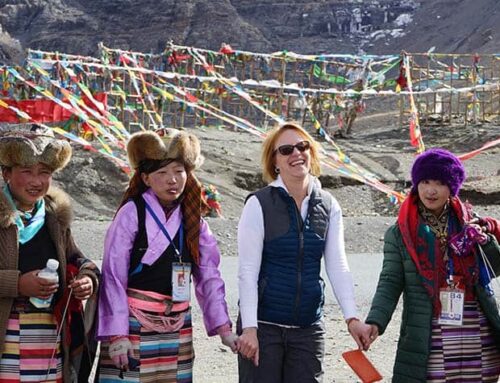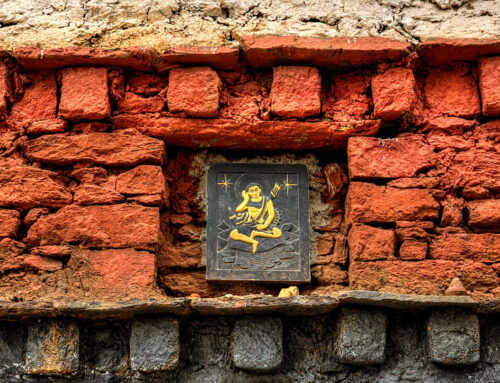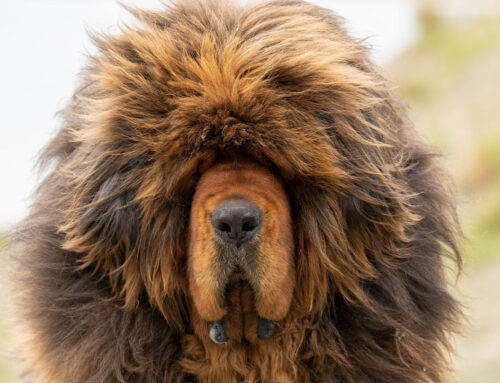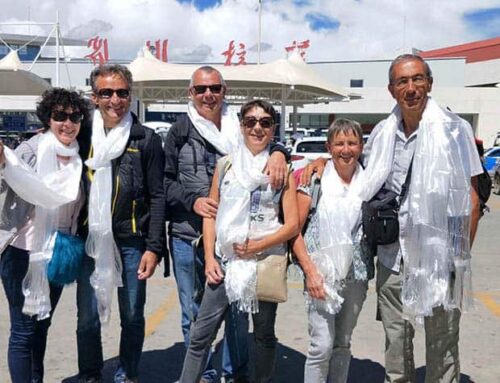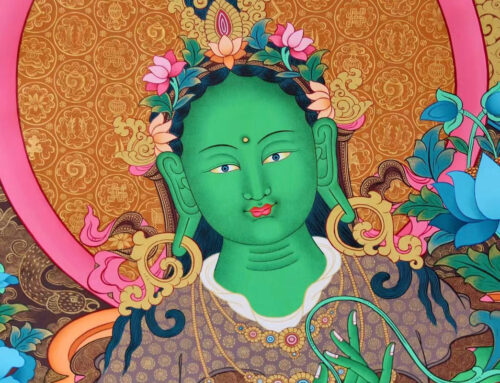Thangka Appliqué is a technique of making thangkas with precious silk without paint. Thangka Appliqué is a sacred art in Tibet and Thangka painting. The artist follows the iconography of deities as mention in the Buddhist scripture.
History of Thangka Appliqué
The Huns of Central Asia were the first to begin the art of appliqué, embroidering saddle blankets. This art gradually spread eastward across the Silk Road and was later adapt by Tibetans as a religious art.
Largest Thangka Appliqué in Tibet
Some appliquéd thangkas can be many stories high; those are called Kyigus. The largest hangs at the Drepung monastery during the Yoghurt festival, and at one of the Sera and Tashi Lhunpo monasteries. Those three can be over one hundred feet long. These Thangkas are brought out only on special religious occasions and stored safely for the rest of the year. Silk thangkas still exist, dating back to the 13th century. These thangkas are consider great treasures and well preserve as sacred objects of the monastery.
How is Thangka Appliqué made
One complete Thangka Appliqué comprises hundreds of thousands of individual embroidered pieces. The border outlines each piece with horsehair wrapped in silk thread. When all the parts are finished, they are assemble and sewn onto the base to form the design. This technique creates a highly durable piece. The horsehair strengthens and allows it to adjust to different environments without compromising its shape. Completing one Thangka could take many months to several years, depending on the size, and it will need care from many artists.
Traditionally, Thangka Appliqué was made by the most skilled Tailors. The Thangka artist would give the layout of the Thangkas to the tailor. The Thangka artist would sketch the design using the correct proportions of each deity as mentioned in the Buddhist scripture. Tailors use that blueprint to create the Thangka. Though they have not study Buddhist iconography, they respond to the Thangka art to produce the complete creation.
Conclusion of Thangka Appliqué
In Tibet, the most famous Thangka appliqué is display in the Drepung monastery during the yoghurt festival in Lhasa. If you want to look for some in the market, we recommend you scroll around Barkhor Street to find some of the best.
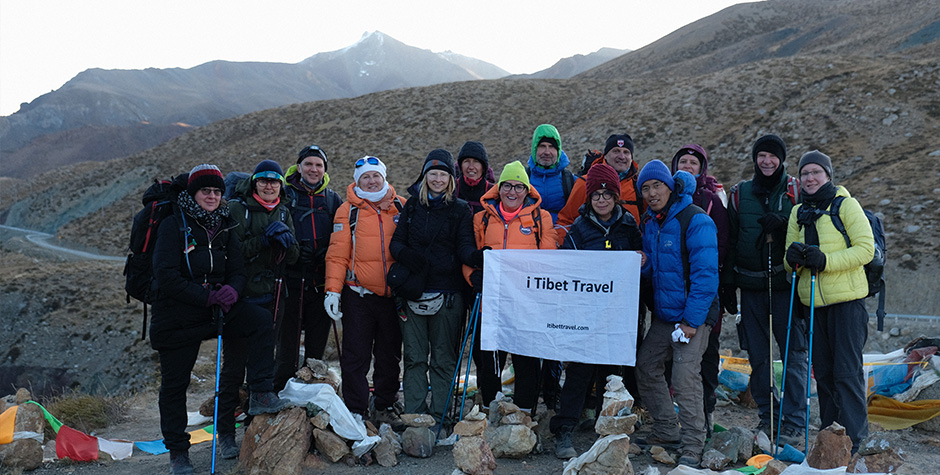
Tenzin Travel is one of Tibet’s most experienced tour operators, with over 20 years in the industry. Founded by a local Tibetan family with decades of expertise as guides, managers, and route planners, we craft personalized itineraries for every traveler.
Our Lhasa office is just steps from Barkhor Square, and our all-Tibetan team ensures deep cultural, linguistic, and religious insights, setting us apart from other agencies.
Beyond tourism, we support Tibetan communities by donating a portion of each tour to local projects. Your travel to Tibet is about more than profit—it’s about opportunity for us to give back.

